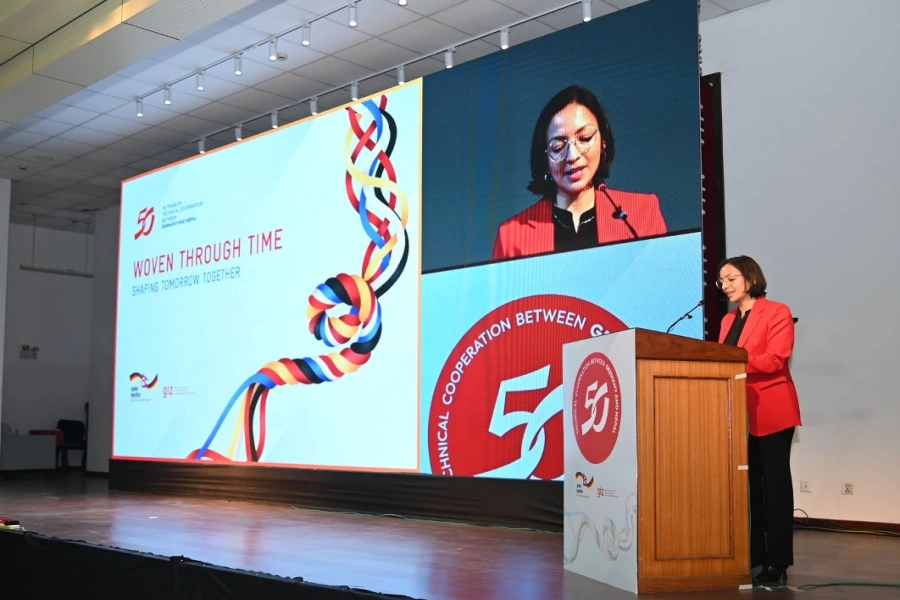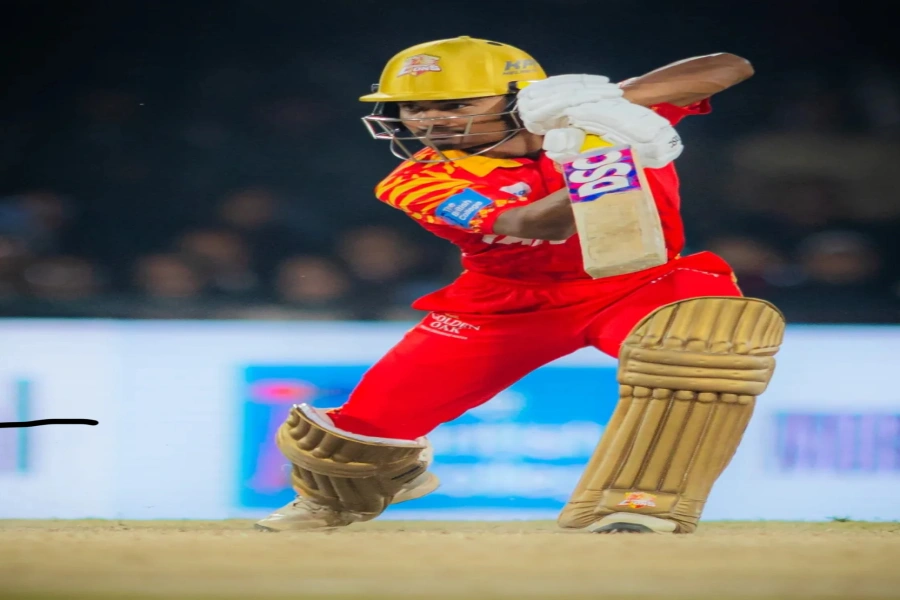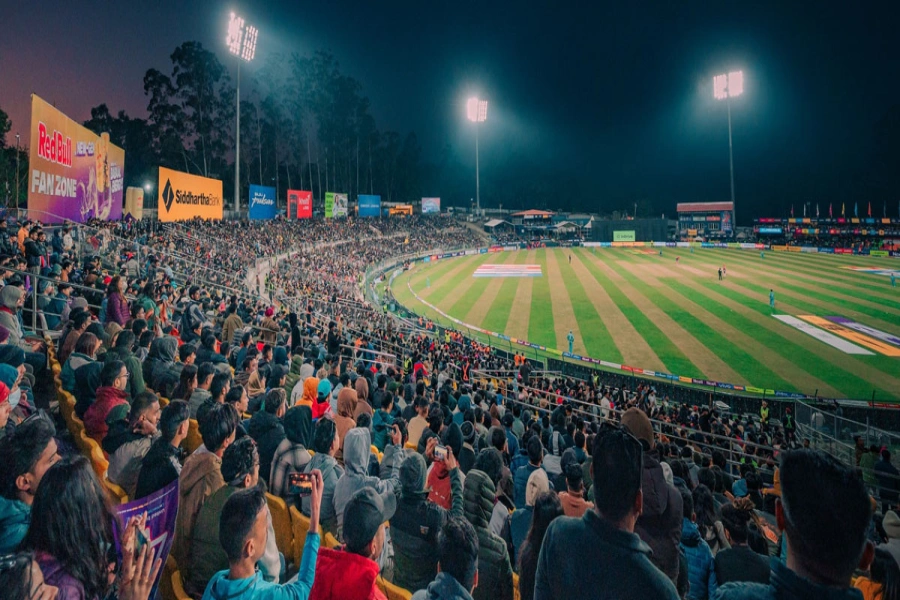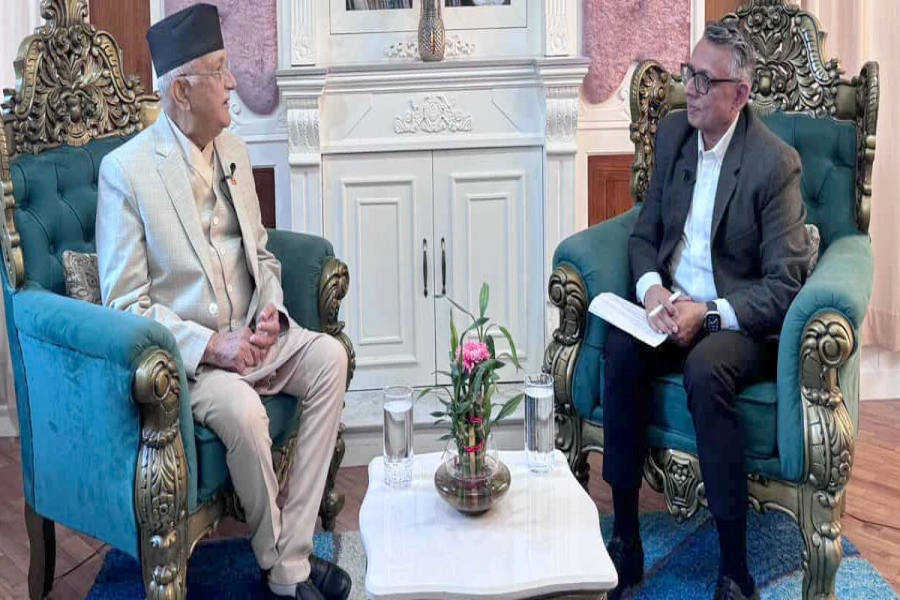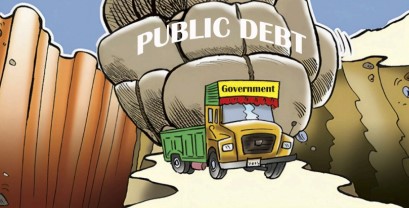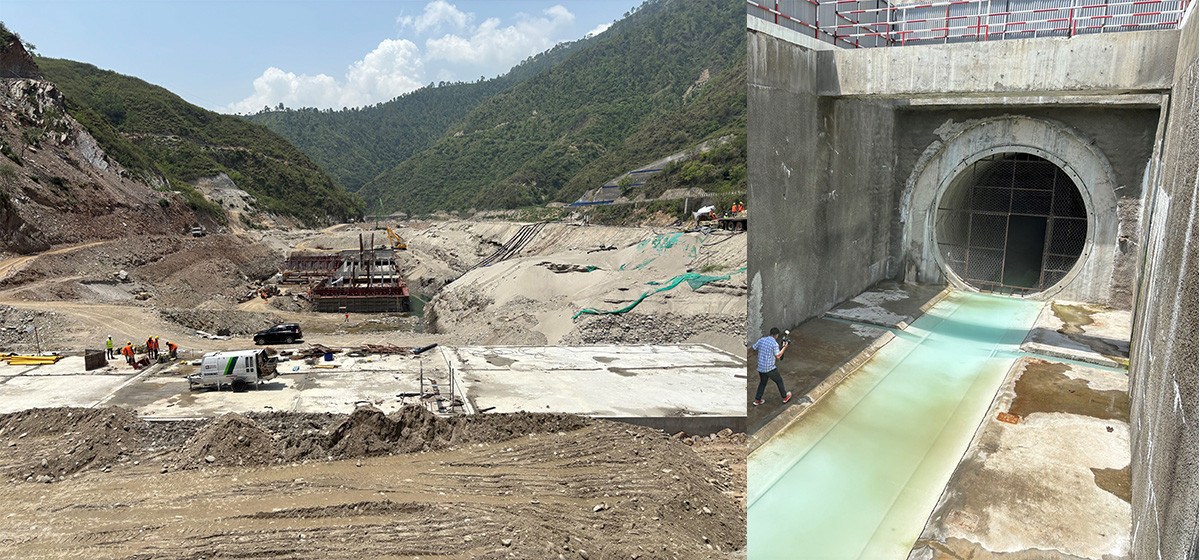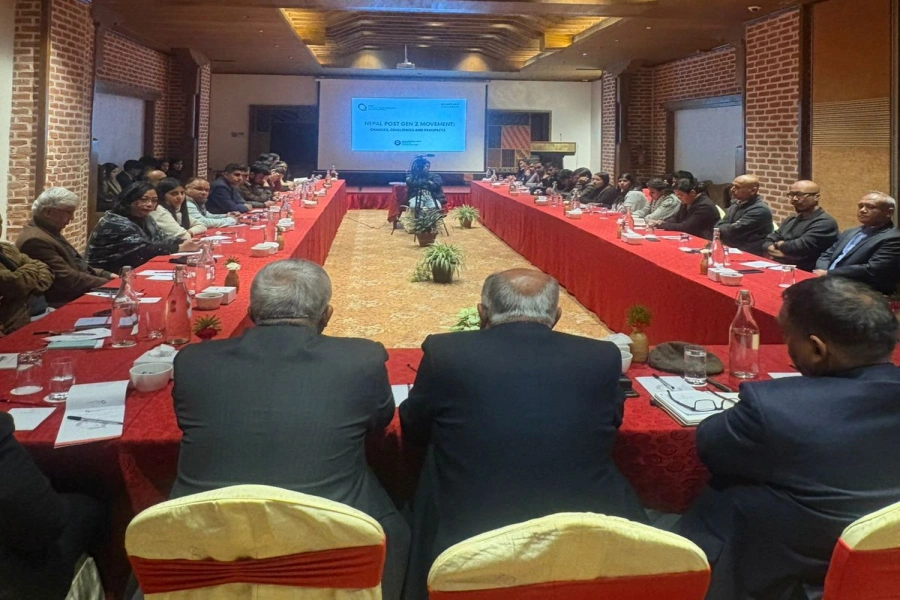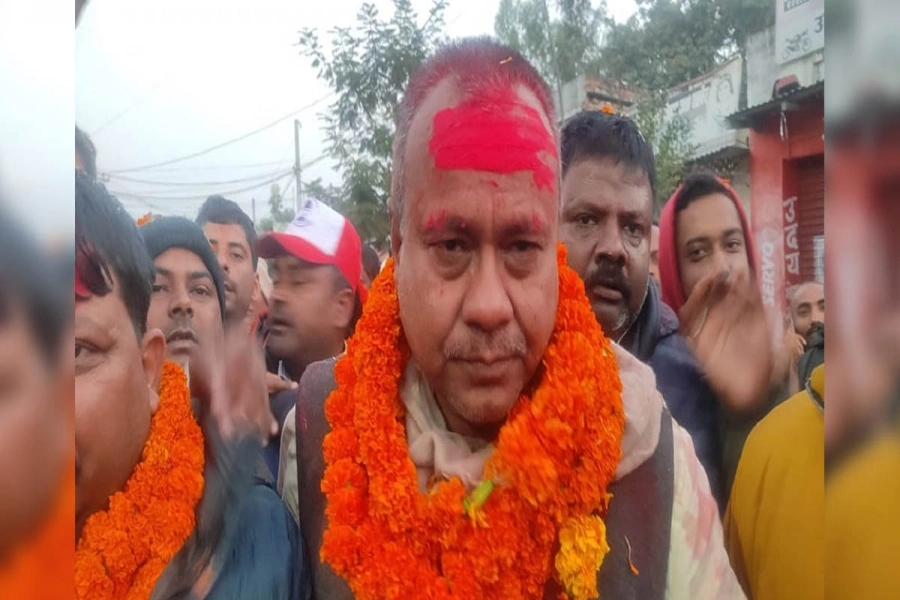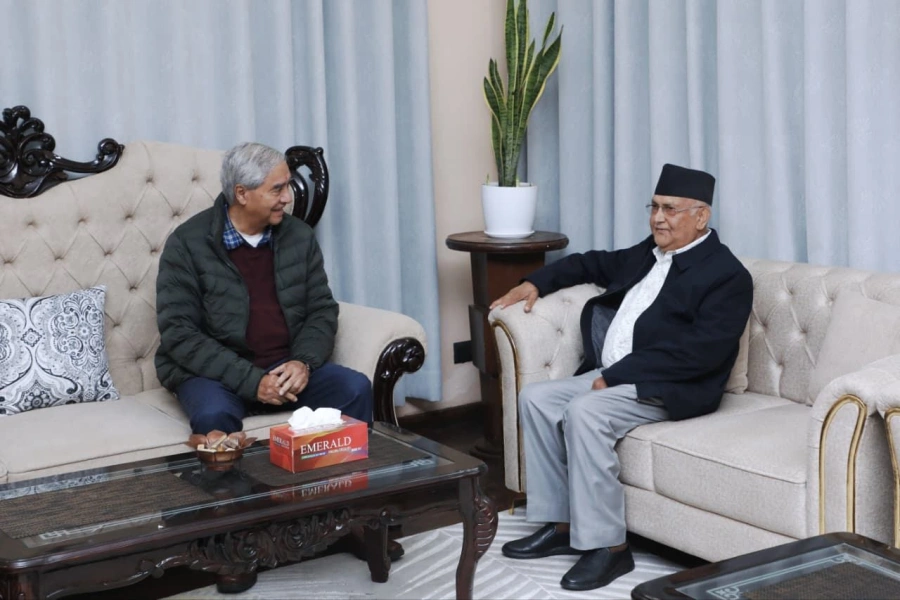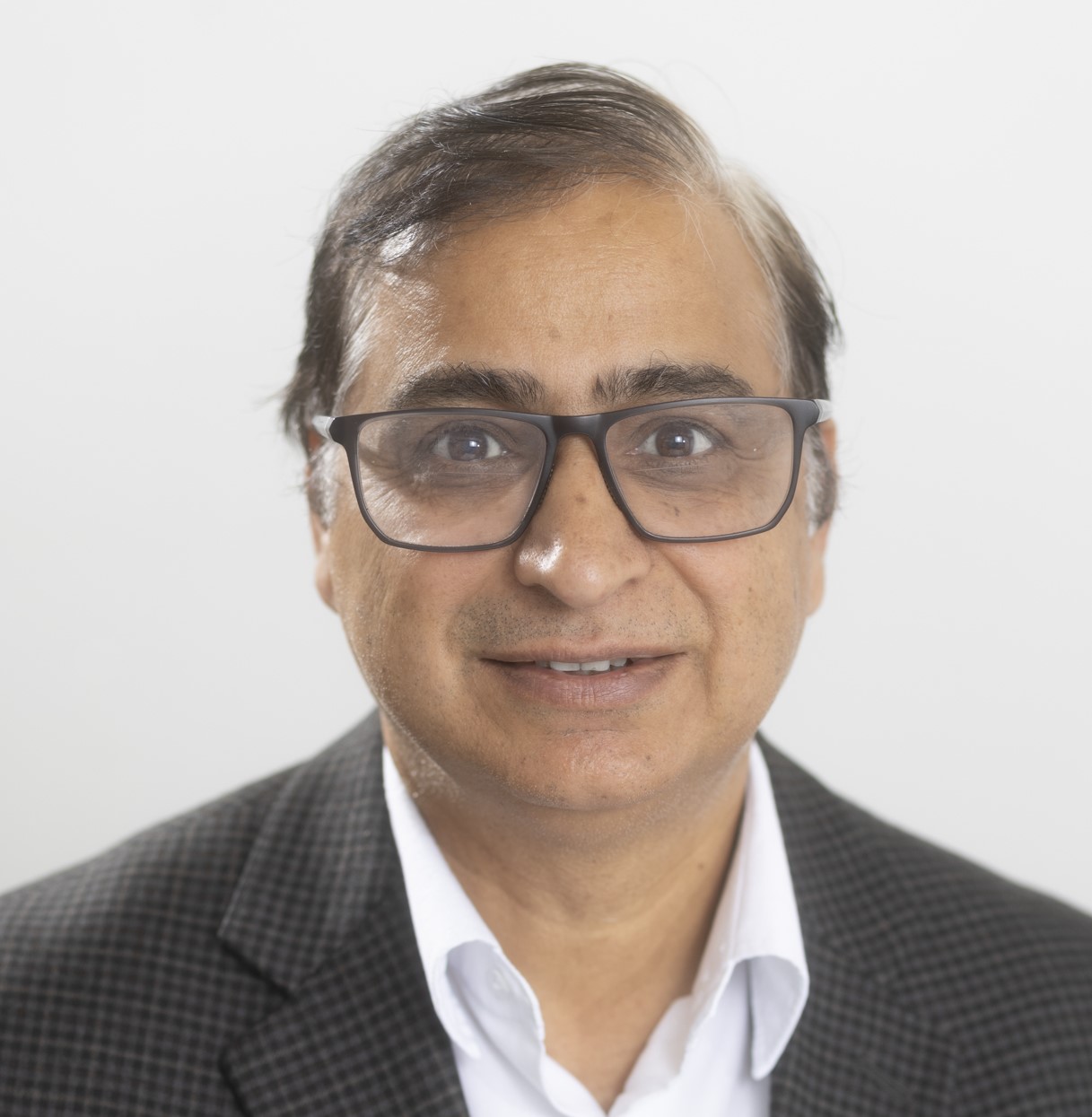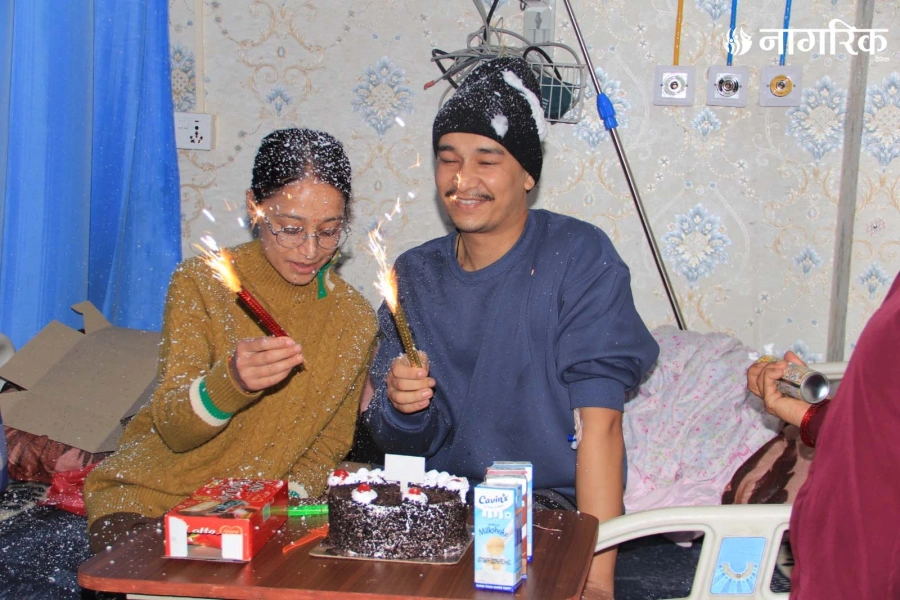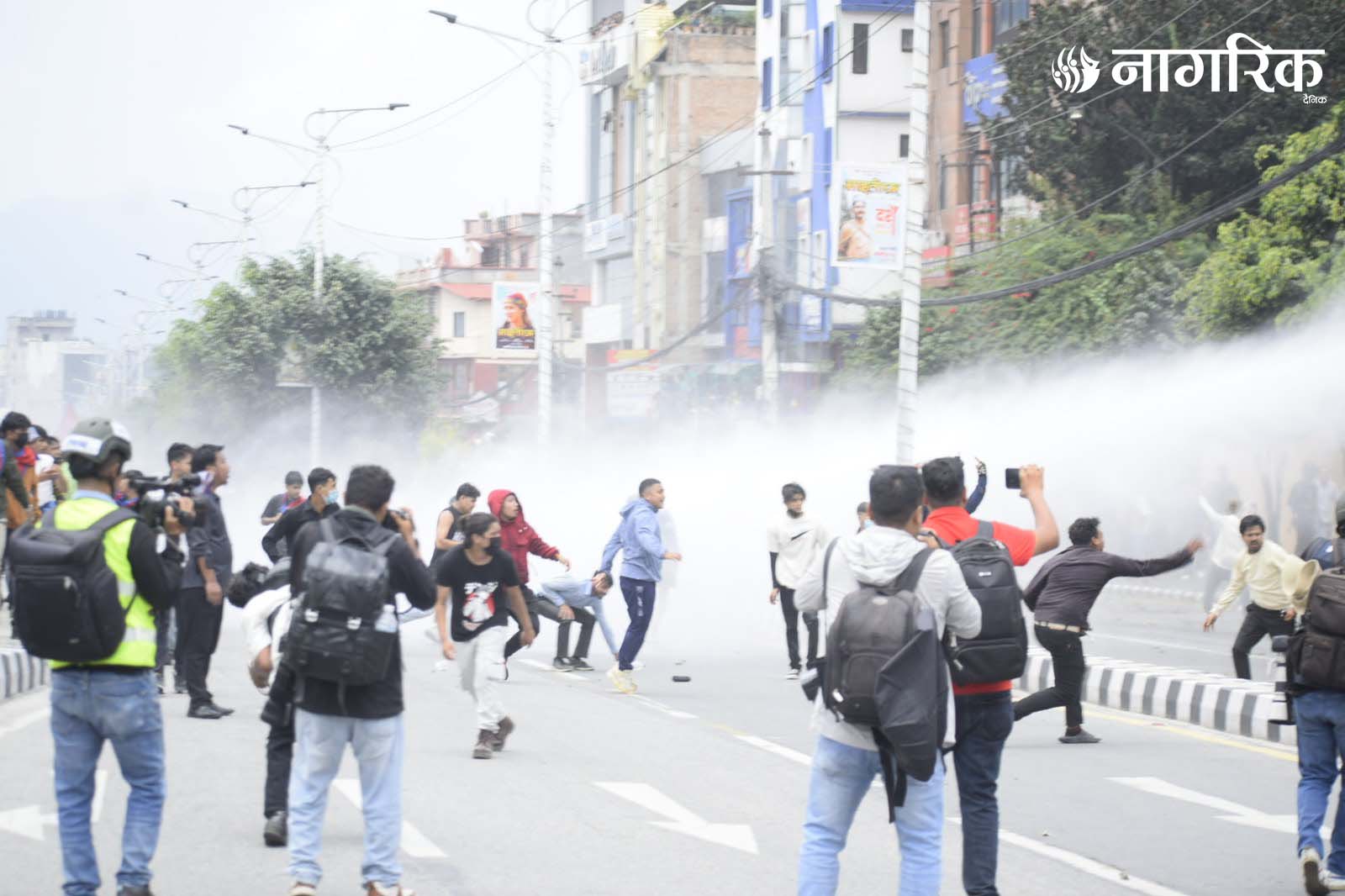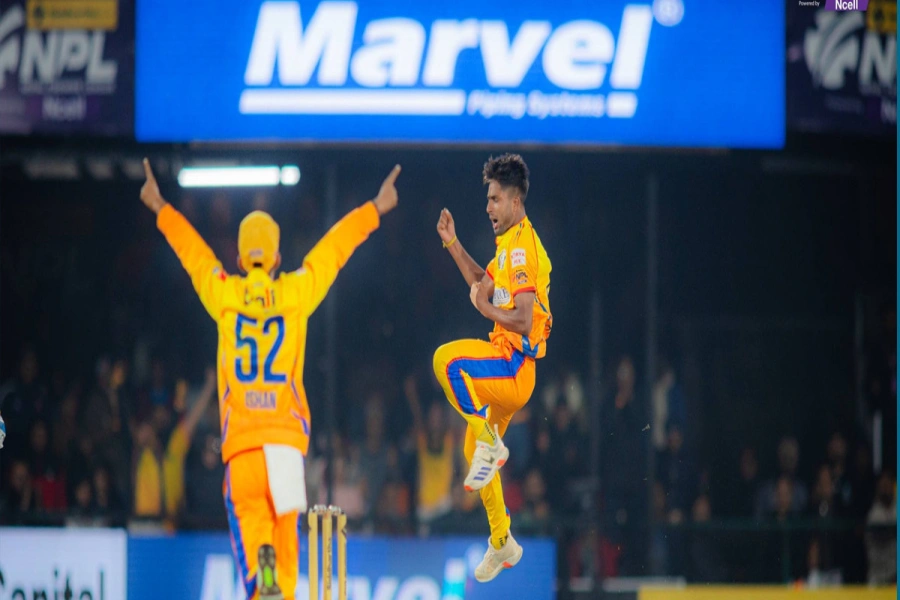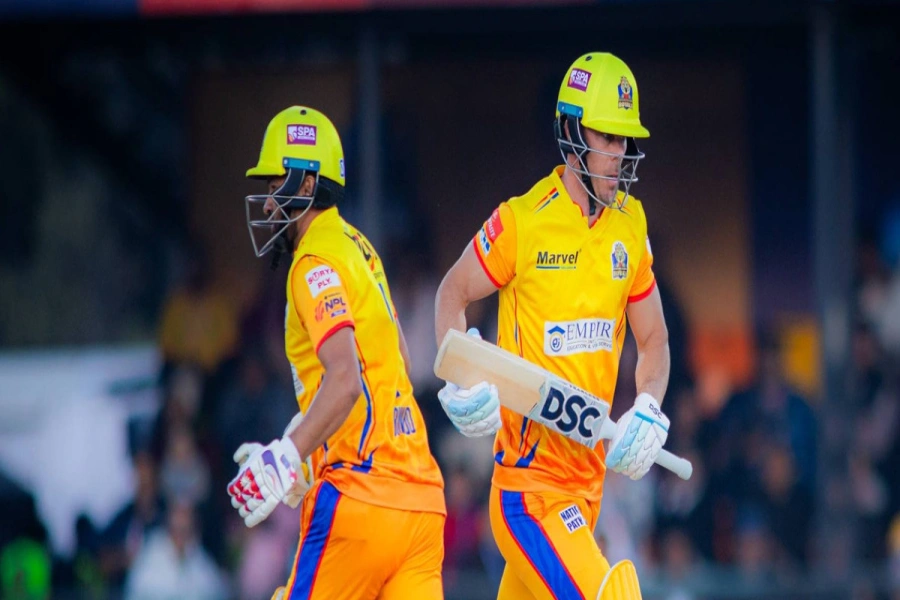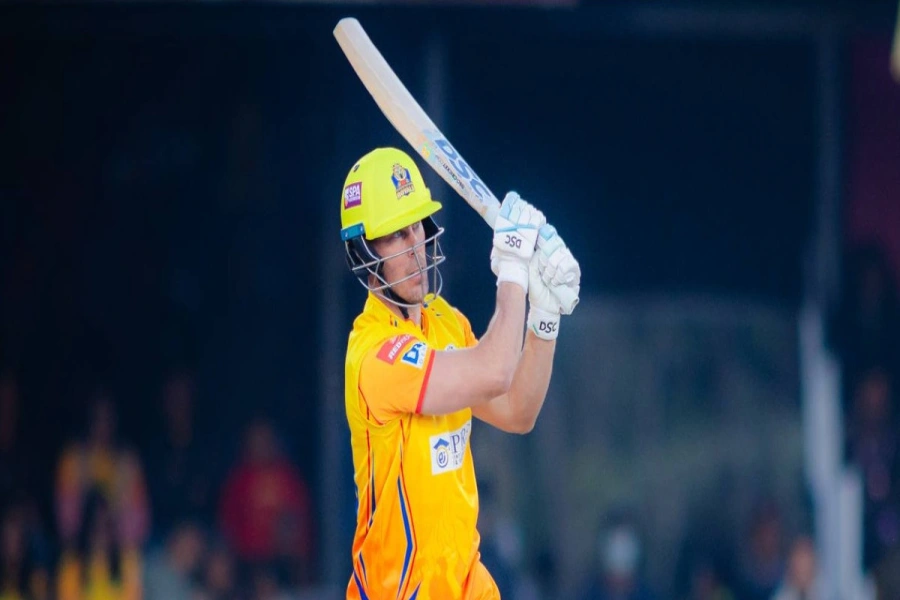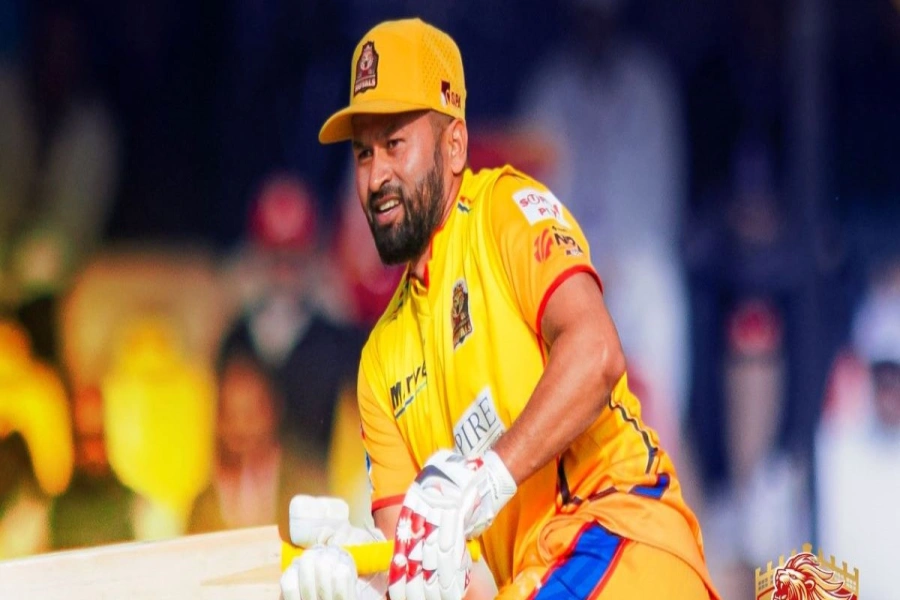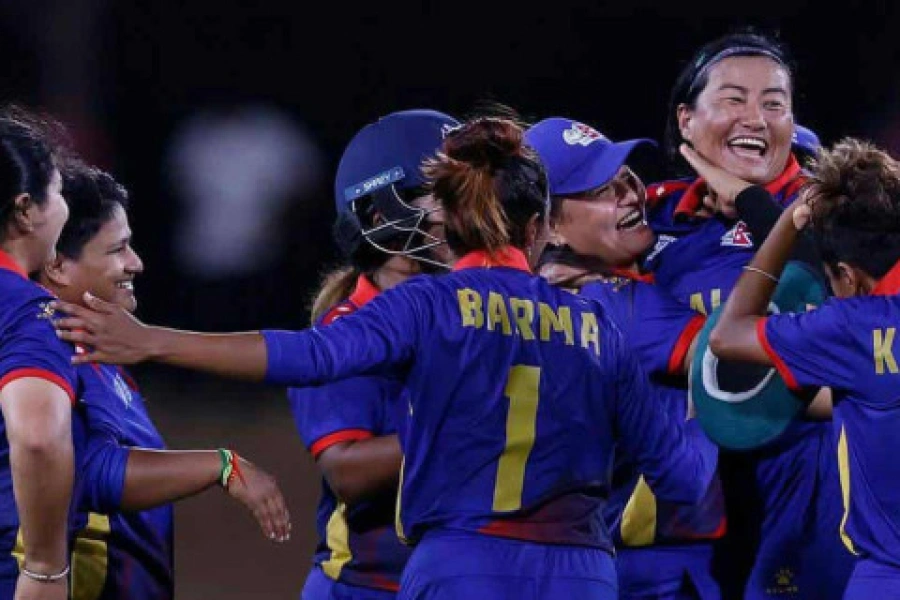Dr. Om Murti Anil, a renowned clinical cardiologist and digital health pioneer based in Kathmandu, Nepal, is transforming heart health globally with cost-effective prevention strategies, a refreshing contrast to the common focus on expensive interventions. His approach transcends borders and resource limitations, gaining significant attention in Nepal and beyond. With nearly two decades of experience treating over 200,000 cardiac patients, Dr. Anil uniquely balances clinical excellence with large-scale prevention. As the founder of the National Cardiac Centre, he has become a household name through remarkable achievements, including serving over 20,000 underserved patients through self-funded health camps, earning a Guinness World Record for health awareness outreach, training over 3,000 healthcare workers across Nepal and successfully motivating over 2,500 smokers to quit through targeted campaigns. Dr. Anil also commands one of the world's largest digital followings for a practicing cardiologist, with 1.5 million Facebook followers and has personally funded research on cardiovascular risk factors in 5,530 individuals. He has pioneered the use of social media to deliver medical advice, effectively reaching Nepali-speaking communities globally and bridging critical healthcare gaps for underserved and migrant populations. His innovative blend of advanced cardiology with grassroots prevention offers a globally relevant model for improving cardiac care in resource-limited settings. Republica spoke with Dr. Anil to explore his milestones, motivations and the challenges that have shaped his unique journey in redefining heart health. Excerpts:
Why did you choose to focus on prevention instead of just treatment?
After completing my DM in 2011, I joined Manmohan Cardiothoracic Vascular and Transplant Centre (MCVTC), a government institution. At MCVTC, I worked as an interventional cardiologist and helped establish the first cath lab services within the Tribhuvan University Teaching Hospital. I performed emergency procedures like primary angioplasty and trained DM cardiology residents. I was satisfied with my responsibilities and recognized for my role.
However, as I treated more patients, I began noticing a troubling pattern: people were dying despite the availability of treatment. The reasons were often the same: arriving too late to the hospital, not recognizing or ignoring early symptoms of a heart attack, or refusing timely interventions even when everything was in place. These outcomes weren’t due to a lack of infrastructure; they were rooted in the absence of simple, essential medical information. Observing such preventable deaths made me realize the importance of prevention early in my career. I started to understand that while I could save a few lives through interventions in my entire career, prevention—through awareness—could reach thousands. It was about giving your best and choosing the path that could maximize the overall impact.
What was the turning point in your journey toward prevention?
The turning point came in 2012 with an incident that remains vivid in my memory. Two heart attack patients arrived at the emergency room within minutes of each other. One agreed to immediate angioplasty and survived. The other’s family, despite my repeated efforts to explain the urgency and benefits of treatment, declined the procedure—and he died shortly after. Same facility, same condition, same doctor—yet the outcomes were starkly different.
That moment was deeply unsettling. The tragedy wasn’t due to lack of resources or medical expertise—it was the result of not recognizing symptoms on time and not understanding the importance of immediate treatment. It showed how the absence of basic medical knowledge could mean the difference between life and death. From that day, I began to see my role differently. Treating heart attacks was important—but preventing them by empowering people with the right information became a clear priority. That incident made me commit, fully and consciously, to focusing on heart disease prevention.
Dr Om Murti Anil’s new book 'Jiwanta Sambandha' launched amidst...

Why did you write a health book in Nepali so early in your career?
While working as a cardiologist, I felt a strong need to go beyond hospital-based care and address prevention at the community level. At that time, social media hadn’t yet become a major tool, and traditional platforms like radio, TV, and newspapers had limited reach—especially in rural Nepal. I saw a significant gap in basic medical knowledge.
Many people lacked reliable information on common risk factors like diet, tobacco, alcohol, diabetes, blood pressure, and cholesterol. Even primary care workers often struggled to recognize early signs of a heart attack or stroke. I believed that a book written in simple, clear Nepali could become a practical tool for both the general public and frontline health workers to improve early detection and promote prevention.
That idea led to the creation of Ma Pani Doctor, a heart health education book that was later launched by the President. It was designed to build basic literacy around cardiovascular risk factors and encourage early action—empowering individuals to recognize and respond to heart-related issues before they became emergencies.
Why did you give away over 5,000 copies of your book for free despite limited funds?
Despite limited funds, I was committed to getting the book to those who needed it most. In rural Nepal, health books rarely reach audiences—selling copies wouldn’t suffice. So, I invested my savings to distribute 5,000 free copies of Ma Pani Doctor. I prioritized teachers, health workers, and local leaders—key influencers who could spark a ripple effect. Like lighting one lamp to ignite many, each copy had the power to spread life-saving knowledge.
Why did a cardiologist like you turn to social media—was it strategy, necessity, or something else?
Social media was a deliberate strategic choice for me. Early on, I recognized traditional tools like books and TV had limited reach, cost efficiency, and adaptability. Social media emerged as a far more powerful platform for public health education. It provided instant delivery, two-way communication, and universal accessibility—regardless of age, literacy, or location. Unlike static media, it allowed flexible, interactive health messaging to educate, correct misinformation, and drive behavioral change.
Its trust-building capability, multimedia explanations, and adaptability made it more effective than one-way communication. For a busy professional like me, it was also less labor-intensive while delivering exponentially greater impact. In a country like Nepal, where health awareness is still developing, I saw social media as a tool to bring preventive cardiology into homes, phones, and minds—turning awareness into action.
What inspired you to pursue a Guinness World Record, and how did it help promote heart health awareness?
I had always known that achieving a Guinness World Record was no easy task. But when I looked at the impact of our prevention work—its reach, outcome, and ability to motivate people—I realized that what we had built was unique. Compared to global efforts in cardiovascular health awareness, the level of community engagement and participation we had achieved stood out. It gave us the confidence to attempt the record—not as a display of personal talent, but as a way to amplify a public health message on a global stage.
You’ve reached over 20,000 people through free heart camps. What were the challenges? How did it contribute to your heart health awareness mission?
Beyond diagnosis and treatment, these camps became powerful platforms for health awareness and education. We used the opportunity to speak directly to people—explaining what high blood pressure means, how to recognize early signs of a heart attack, the importance of medications, and lifestyle changes. In many places, this was the first time people had ever heard these messages from a medical professional. The camps helped to plant seeds of prevention. What motivates me is the number of undiagnosed cases we uncover—people unknowingly living with hypertension, diabetes, or heart disease. Detecting these silent threats feels like saving lives before a crisis.
Did you expect your heart health message to resonate with Nepali-speaking communities outside Nepal, such as in India, Bhutan, and the Gulf?
Over time, I began receiving a large number of messages from Nepali-speaking individuals living abroad—especially in India’s northeast, Bhutan, and Gulf countries—telling me how my videos helped them recognize symptoms, understand health risks, and take preventive steps. For many migrant workers, who are often away from formal healthcare facilities and face language and financial barriers, social media became their first and sometimes only source of reliable medical information.
This global reach was unexpected but highlighted the power of digital initiatives. Platforms like WhatsApp and Messenger became informal telemedicine tools, letting me guide patients remotely. Beyond awareness, social media provided real-time support to underserved communities, bypassing healthcare barriers. Its direct, trust-based communication turned these platforms into life-saving resources worldwide.
How do you assess Nepal’s progress in heart disease prevention, and what are the future challenges?
Over the past decade, the level of awareness around heart disease prevention in Nepal has increased significantly. Health messages are now being shared more widely than ever before—not just by doctors, but also by media, influencers, and community volunteers. As a result, people are more informed about symptoms, risk factors, and the importance of timely care. Health literacy has clearly moved in a positive direction.
However, with the widespread use of digital platforms, misinformation has also emerged as a major challenge. While the reach of health content has grown, not all of it is accurate or evidence-based. This makes it even more important to strengthen reliable sources and guide the public toward trustworthy information. This collective shift is encouraging, but the work is far from over. Moving forward, one of my key goals is to focus on adolescents and youth. This age group is often overlooked in prevention efforts. By educating young people about heart health early, we can lay the foundation for long-term prevention and reduce the future burden of cardiovascular disease.



